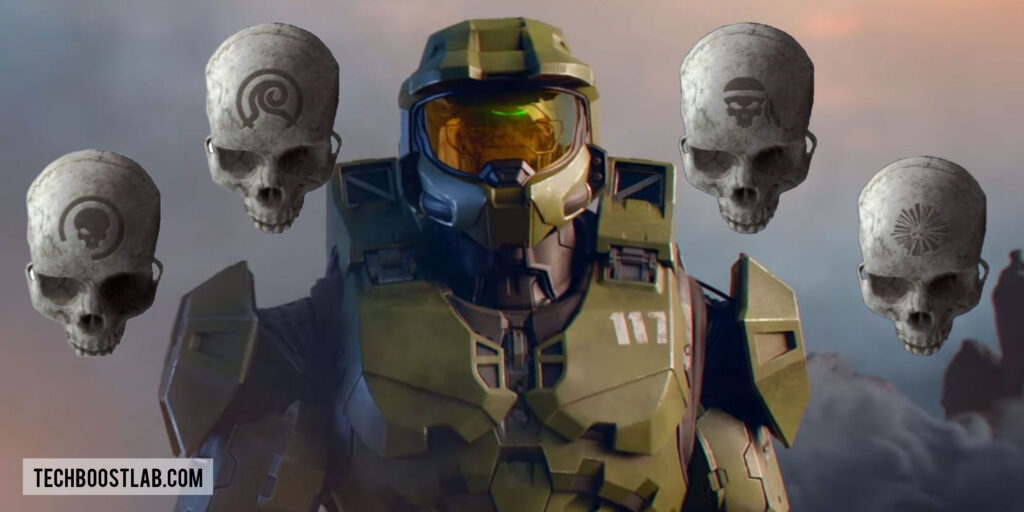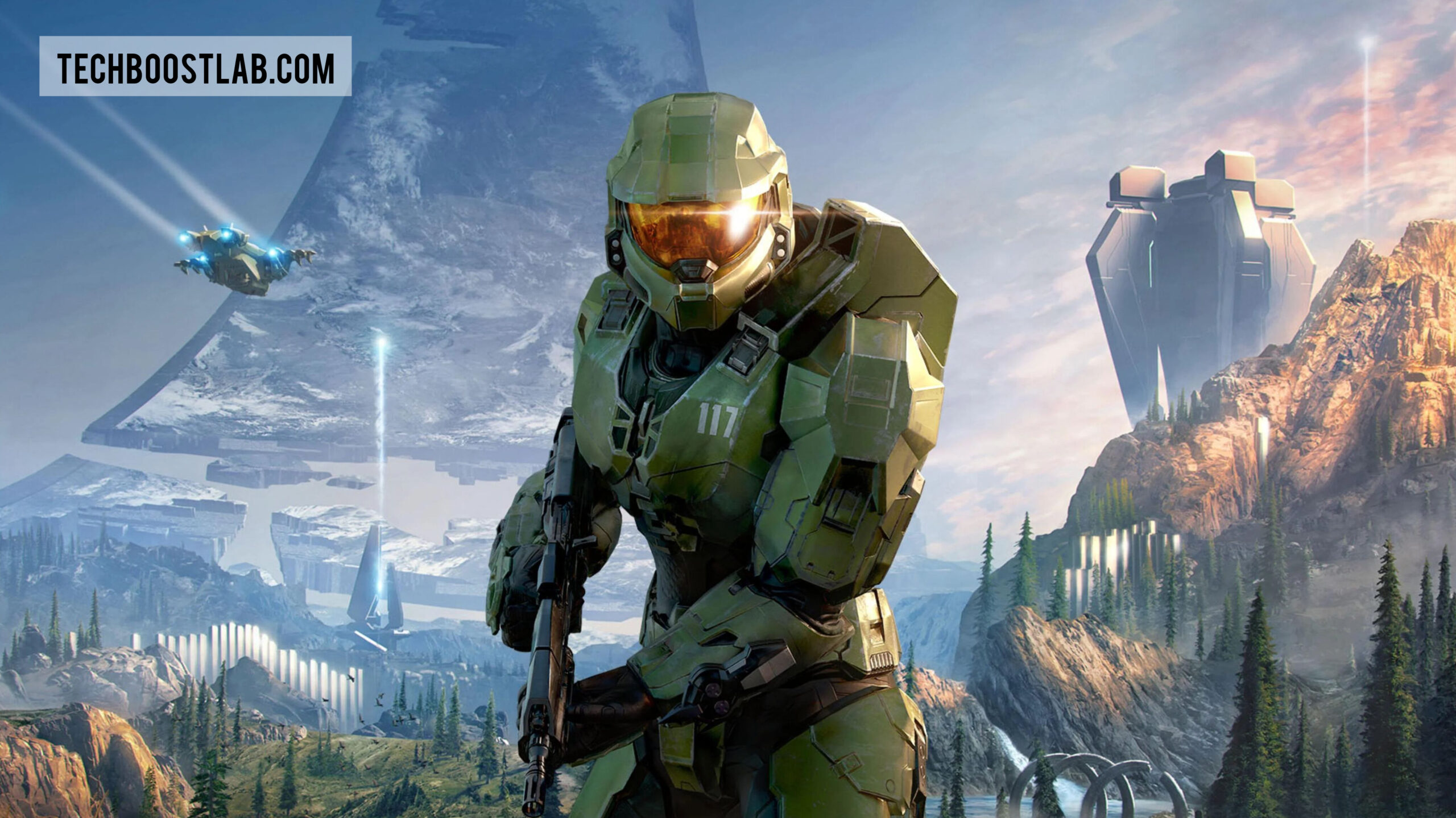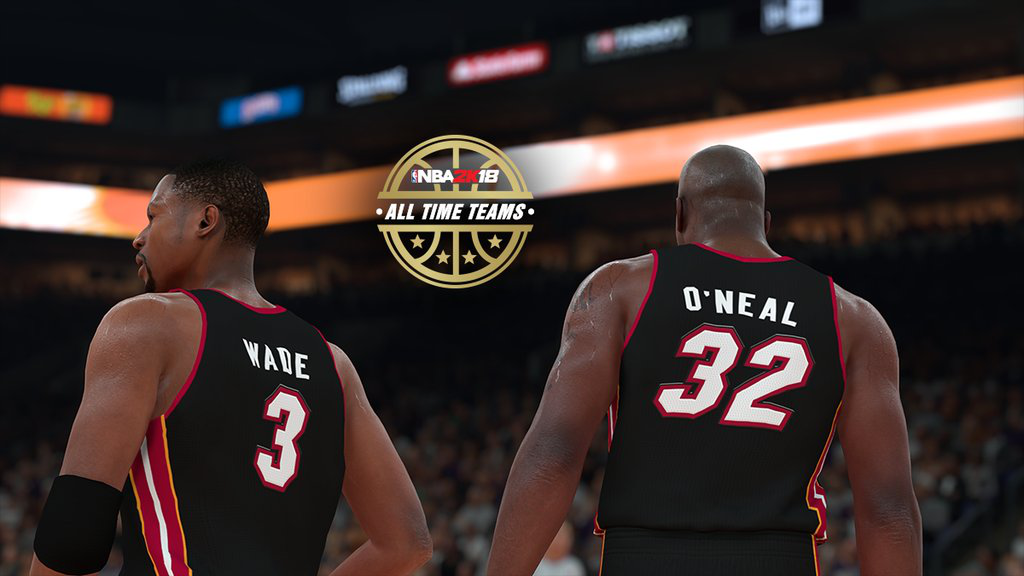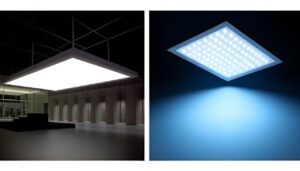Halo (2003) Game Icons Banners: Design and Legacy Explained
Halo: Combat Evolved, commonly known as Halo (2003), revolutionized the gaming world when it was released. It wasn’t just a game; it became a cultural phenomenon that shaped the future of first-person shooters. One of the many reasons behind its enduring success was the attention to detail in the game’s visual design, including the game icons and banners. These elements weren’t just functional—they played a crucial role in creating a cohesive, memorable gaming experience. In this article, we’ll explore the significance of Halo (2003) game icons banners, their design, their role in promoting the game, and their lasting impact on the gaming industry.
Significance of Game Icons in Halo (2003)
In Halo (2003), game icons served more than a practical purpose; they became symbols that were integral to the player’s experience. Each icon was thoughtfully designed to represent critical gameplay elements. For example, icons for weapons like the plasma rifle or sniper rifle were immediately recognizable, allowing players to quickly choose their gear in fast-paced battle scenarios. These icons weren’t just about identification; they embodied the futuristic military themes that defined the Halo universe.
Moreover, these game icons weren’t limited to weapons. They represented factions like the UNSC and Covenant, as well as vehicles, power-ups, and objectives within the game. Players could easily distinguish between friend and foe, or between different mission tasks, just by glancing at the screen. The clarity and simplicity of the icons contributed significantly to gameplay efficiency, especially during chaotic combat.
This ease of recognition helped maintain immersion, allowing players to focus more on strategy and action, and less on deciphering game menus. The design of these icons—clean, minimalistic, and effective—fit perfectly with the game’s overall aesthetic. In a time when many games were cluttered with overly complex UI, Halo’s icons set a new standard for user-friendly design.
Banners in Halo (2003)
When discussing banners in Halo (2003), we’re talking about the promotional materials used to market the game. The official banners that were displayed in gaming stores, magazines, and online were instrumental in capturing the game’s core themes of heroism, battle, and survival. The image of Master Chief, the game’s protagonist, was always front and center, portrayed in dynamic action poses that evoked the sense of scale and epic adventure that defined Halo.
These banners didn’t just sell the game—they sold an idea. The images were carefully crafted to reflect the tone of the game: futuristic warfare, vast alien landscapes, and the unstoppable Master Chief as humanity’s last hope. By using these banners, the marketing campaign made sure Halo stood out among a sea of other shooters at the time.
The bold design of the banners, with vibrant colors and sharp contrasts, also helped build brand recognition. Even gamers who had never played Halo could recognize the game from its iconic promotional materials. This level of visual consistency across both in-game elements and marketing helped solidify Halo’s place in gaming culture.
Icon and Banner Design in Halo (2003)
The design of game icons and banners in Halo (2003) wasn’t an afterthought—it was a deliberate choice aimed at creating a consistent visual language. Bungie, the developers, knew that these elements would play a key role in how players perceived the game. The game icons were kept simple but effective. Each icon communicated its meaning instantly, whether it was a weapon, vehicle, or power-up. This simplicity was crucial in a fast-paced game like Halo, where quick decision-making was essential.

The banners, on the other hand, needed to capture the game’s larger-than-life themes. They featured epic battle scenes, vast alien environments, and heroic images of Master Chief. The use of futuristic elements, military motifs, and dramatic lighting created a sense of urgency and importance, which resonated with the audience. These design choices weren’t just about aesthetics—they were about creating an emotional connection with players.
By combining these elements, Bungie ensured that the visual identity of Halo (2003) was both memorable and effective. The cohesive design of the icons and banners created a seamless experience, both in and out of the game.
Fan Creations: Custom Halo (2003) Icons and Banners
The Halo community has always been one of the most passionate in gaming, and that passion extends to creating custom game icons and banners. Over the years, fans have taken the original designs from Halo (2003) and added their own creative touches. From retro-inspired icons to modernized versions, fan creations have become a huge part of Halo’s legacy.
These custom icons and banners are often shared in online forums, fan websites, and social media platforms. Some players use them as desktop wallpapers, while others incorporate them into mods or personal projects. These fan-made designs have kept the spirit of the original game alive, proving just how influential the original design was.
The creativity of the Halo fanbase speaks volumes about the impact of the original designs. Even though Halo (2003) was released over two decades ago, fans still find inspiration in its icons and banners, showcasing their love for the game and their talent for design.
Finding Halo (2003) Game Icons and Banners Online
If you’re looking to add some Halo nostalgia to your digital collection, there are numerous places where you can find Halo (2003) game icons and banners. Fans have uploaded countless versions of these assets online, ranging from official promotional materials to custom creations.
Websites like Halo Waypoint, Reddit’s r/Halo community, and fan sites like Halo Archive are great places to start. These sites not only host the original game icons and banners, but they also offer tools to help you create your own. Whether you’re looking for desktop wallpapers, social media banners, or something to use in a personal project, the Halo fan community has you covered.
Additionally, many of these resources are free to download and share, making it easy for fans to enjoy the legacy of Halo (2003) in new and creative ways.
Halo (2003) Game Icons and Banners Legacy
The legacy of Halo (2003) game icons and banners is a testament to how well-designed visual elements can shape a game’s identity. Over the years, the visual language that began with Halo (2003) has continued to influence the franchise. In fact, many of the game icons introduced in the original game still appear in updated forms in newer Halo titles.
The banners from the 2003 release also set a standard for how to market a game effectively. The themes of heroism, war, and futuristic technology that were central to Halo (2003) remain relevant today. These banners didn’t just promote a game—they promoted a brand that has endured for over two decades.
As we look to the future, it’s clear that Halo (2003) will continue to inspire both fans and game designers. The simplicity and effectiveness of its game icons and banners have left a lasting impact, proving that great design can stand the test of time.
( FAQs )
1. What role did game icons play in Halo (2003)?
Game icons helped players quickly identify weapons, vehicles, and factions, enhancing gameplay and immersion.
2. How were banners used to promote Halo (2003)?
Banners showcased Master Chief and epic battles, helping market the game and establish Halo as a cultural icon.
3. Can I find custom Halo (2003) icons and banners online?
Yes, fans have created and shared custom Halo icons and banners on websites and communities like Halo Waypoint and Reddit.
Conclusion
The game icons and banners from Halo (2003) played a crucial role in defining the game’s visual identity. From the clear and functional icons used in gameplay to the bold and dramatic banners that promoted the game, these elements were essential in creating an immersive and memorable experience for players. The enduring legacy of these designs, and the fan creations they inspired, demonstrate the power of good design in the gaming world.
Halo (2003) may have been released over 20 years ago, but its influence is still felt today, not only in the Halo franchise but across the entire gaming industry.














Post Comment